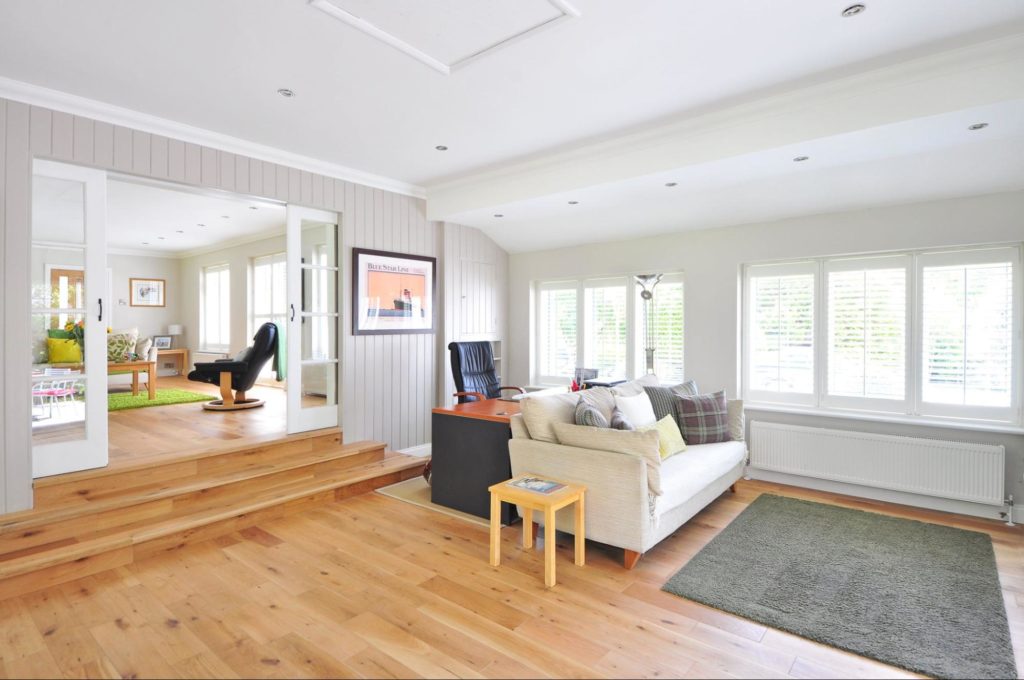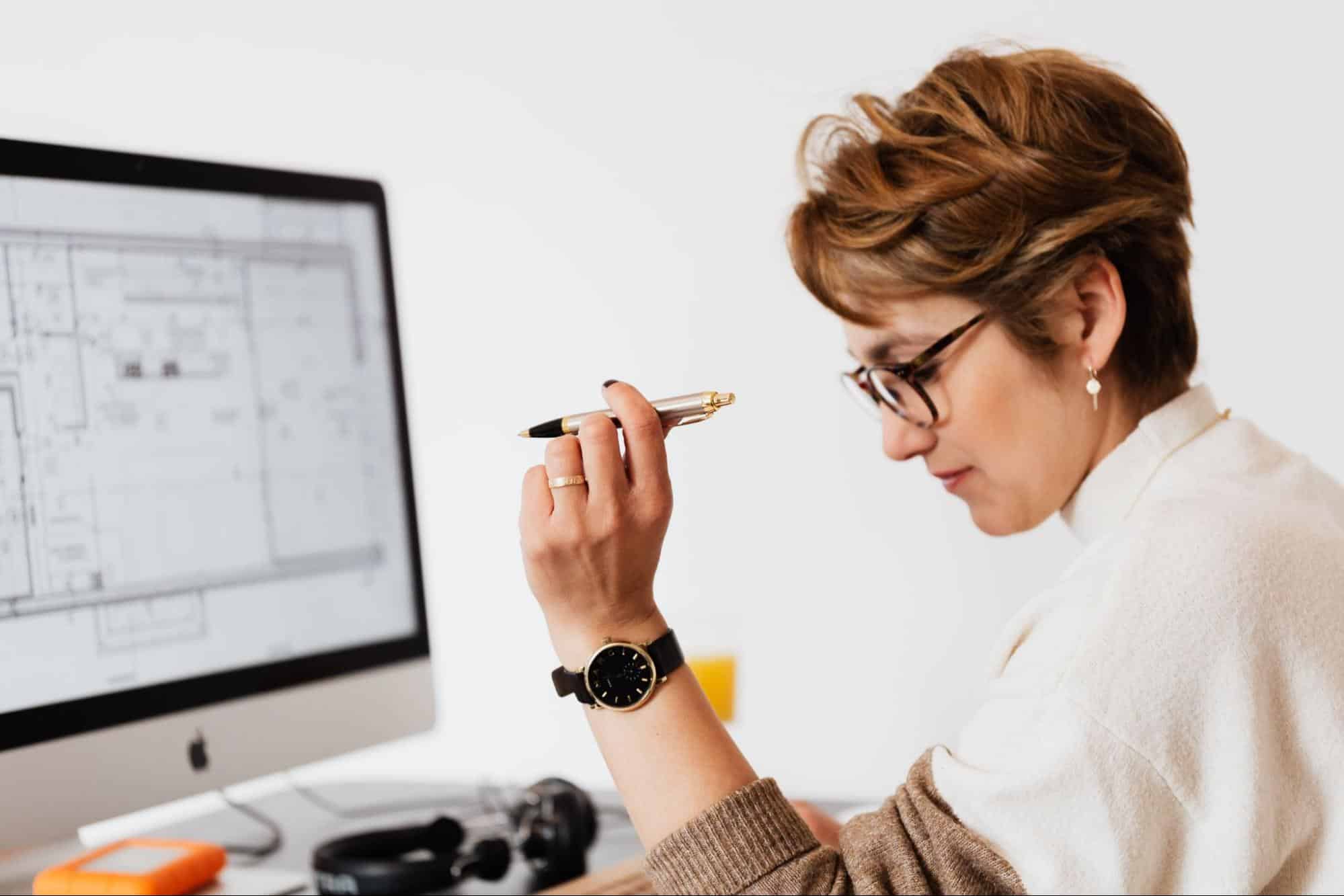Are you ready to take on a do-it-yourself home improvement project? Making your own house plan can be an exciting and rewarding experience, but it also requires careful planning and consideration. Whether you’re tackling a small renovation or a major overhaul, having a well-thought-out DIY plan is crucial for success. To help you get started, here are 7 handy tips to guide you through the process.
- Define Your Goals and Vision
Before diving into your renovation, take the time to clearly define your goals and vision for the space. What do you want to achieve with this DIY project? Are you looking to create a more functional kitchen, a cozy living room, or a stylish home office? Are you aiming for a modern, minimalist look, or do you prefer a cozy, rustic feel? Having a clear vision and understanding of your objectives will guide the entire planning process and help you stay focused on the end result.
- Set a Realistic Budget
One of the most important aspects of designing a DIY plan is setting a realistic budget. Consider all the costs involved, including materials, tools, and potential labor if necessary. Always plan for extra costs that might pop up. Having ways to cut costs on house remodel and a clear budget in mind will prevent overspending and help you prioritize your expenses.
- Research and Gather Inspiration
Before finalizing your DIY plan, take the time to gather inspiration from various sources. Browse through home improvement magazines, websites, and social media platforms to gather ideas that resonate with your vision. Create a mood board on Pinterest to visualize the aesthetic and design elements you’d like to incorporate into your home. Take the time to research techniques, materials, and tools relevant to your project. Watch tutorial videos, read articles, and seek advice from experienced DIYers. The more you know, the more confident and prepared you’ll feel as you tackle each phase of the renovation.

- Safety First
Safety should always be a top priority during any renovation project. Familiarize yourself with the proper use of tools and equipment, and invest in high-quality safety gear, such as goggles, gloves, and dust masks. If you’re working with electrical or plumbing systems, consider consulting with a professional to ensure safety and compliance.
- Assess Your Skills and Resources
It’s essential to assess your skills and resources before embarking on a DIY project. Be honest with yourself about what you can realistically accomplish on your own and where you might need assistance. Consider the tools and equipment you have on hand and determine if there are any additional resources you may need to purchase. If a particular task feels daunting or beyond your expertise, don’t hesitate to seek help from friends, family, or professionals. Collaboration and support can make the renovation process more enjoyable and successful.
- Consider Sustainability and Efficiency
Incorporating sustainable and energy-efficient practices into your DIY home improvement plan can enhance the long-term functionality and environmental impact of your home. Explore eco-friendly materials, energy-efficient appliances, and sustainable design principles to align your project with a conscientious approach to home improvement.
- Create a Detailed Plan
Once you have a clear vision, budget, and understanding of your skills and resources, it’s time to create a detailed plan for your DIY project. Break down the project into smaller tasks and establish a timeline for each step. Develop an interactive room design to seamlessly integrate various design elements, such as furniture placement, lighting fixtures, and color schemes, into the overall floor plan.
Conclusion
It is a fulfilling endeavor to design your own house floor plans, allowing you to bring your vision to life and create a space that reflects your personality and style. By following these 7 tips, you can approach your DIY project with confidence and set yourself up for success. If you want to find a step-by-step tutorial on how to draw ur own house plans with easy software for 3D home design, simply follow the link. Remember, the journey may have its challenges, but the satisfaction of bringing your vision to life will make it all worthwhile. Happy DIY-ing!


















